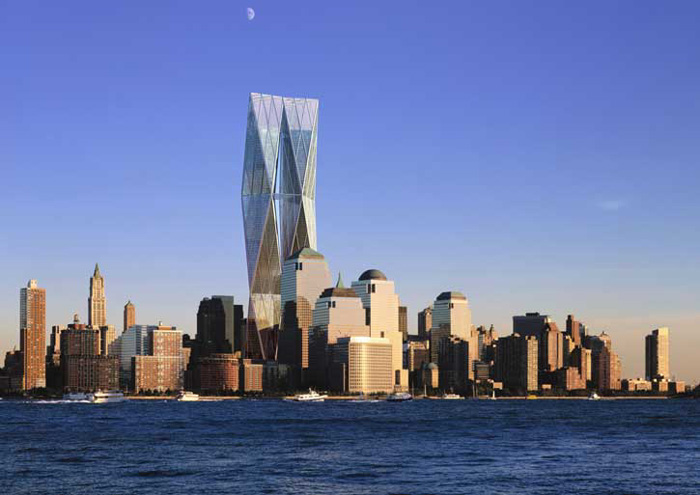Sifting and digitizing footage for S(J03) until the batteries in my camera ran out, when I watched two DVD's back to back, XXX and Don't Look Now. At a stretch, I can say XXX is research for the Animated Musical. Nicolas Roeg's 1973 thriller, though, is a concentrated course in editing in general and intercutting in particular.

When I cited the seduction scene in Out of Sight as inspiration for intercutting scenes 1 and 2 in Souvenir, a couple of readers suggested seeing the similar Donald Sutherland/Julie Chrystie love scene in Don't Look Now, "one of the subtlest, most affecting erotic sequences in the history of cinema." Similar? Apparently, in the Out of Sight DVD commentary,Soderbergh cops to copying this scene; frankly, I think he improved on it.
Roeg's a cinematographer-turned-director, and it shows. Venice looks awesome in the dark (blown out sunlight at the end of a long alley) and the light (endless boats crossing shimmering canals). And Roeg never met a mirror or semi-transparent surface he didn't like (or shoot); when the unsettling Scottish sisters confront Christie's grieving mother in the ladies' room, there are so many reflections you wonder where the camera was.
The love scene is unexpectedly intense (think twice before watching this one with the in-laws), and not just because I went into the movie thinking Julie Chrystie was the one in The Belle of Amherst. The intercutting is quite effective and interestingly different from Out of Sight. The differences between Roeg's and Soderbergh's scenes are both consistent and convenient. Don't Look Now: impassioned married sex between people who know each other well is intercut with the aftermath, stolid scenes of getting dressed for dinner. The sex is guaranteed, just part of the fabric of life. Out of Sight: Self-conscious flirtation between pursuer and pursued is intercut with the payoff, uncertainty banished and anticipation building to a striptease and one hot night in the sack.
Roeg packs his film with foreboding cuts; pay attention, because everything seems intentional or freighted with meaning. Handheld camerawork (a church accident and late-night chase along a canal, in particular) crops up unexpectedly and with great emotional effect. Some of the love scene cuts are a bit obvious, though; a shot of Julie Chrystie rolling over cuts to a shot of her turning around and putting on lipstick, and there's a silly pelvic thrust as Sutherland puts on his pants. Even if it feels a little heavy-handed or self-indulgent sometimes, Roeg's is an expressive style of filmmaking that's largely dropped from sight these days.
Except, of course, for the "exciting faux-documentary style of Bloody Sunday; the feverish intercutting in Adaptation, Chicago, The Hours, Solaris, even The Two Towers!" which Slate's David Edelstein points out...


 View from the window at Le Gras, 1826, Joseph Nicéphore Niépce
View from the window at Le Gras, 1826, Joseph Nicéphore Niépce


 Still, WTC: The First 24 Hours, dir. by Etienne Sauret. Image: thefirst24hours.com
Still, WTC: The First 24 Hours, dir. by Etienne Sauret. Image: thefirst24hours.com MIT's Reflecting Wall, Sept. 14, 2001 Image: Donna Coveney, MIT
MIT's Reflecting Wall, Sept. 14, 2001 Image: Donna Coveney, MIT Meier, Gwathmey, Holl and Eisenman WTC Proposal image: LMDC
Meier, Gwathmey, Holl and Eisenman WTC Proposal image: LMDC "Partly collapsed" office towers, by Peter Eisenman. NYT caption: "...the buildings would echo the devastation wrought on 9/11 and offer a striking memorial to the fallen towers."
"Partly collapsed" office towers, by Peter Eisenman. NYT caption: "...the buildings would echo the devastation wrought on 9/11 and offer a striking memorial to the fallen towers." WTC Bathtub wall under construction, 1968. Image: Museum of The City of New York
WTC Bathtub wall under construction, 1968. Image: Museum of The City of New York Foster & Partners, "tallest, cleanest" etc.. Image: LMDC
Foster & Partners, "tallest, cleanest" etc.. Image: LMDC United Architects, view of (1620') towers from footprint memorial. Image: LMDC
United Architects, view of (1620') towers from footprint memorial. Image: LMDC







 image: aboutschmidtmovie.com
image: aboutschmidtmovie.com











